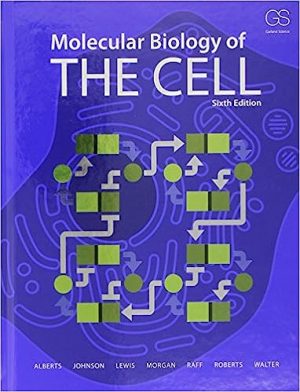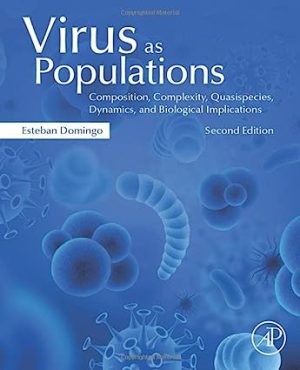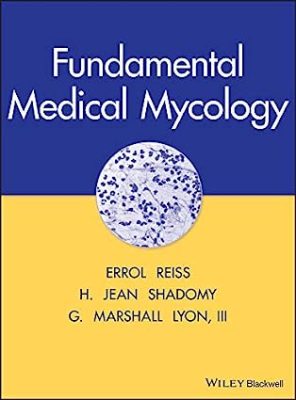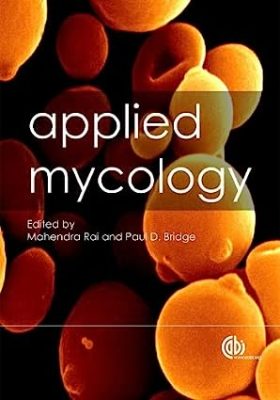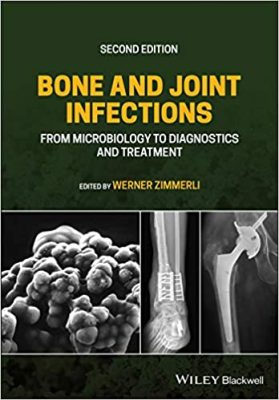6th Edition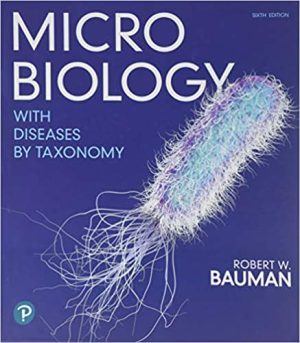
For courses in introductory microbiology.
Explore the invisible world of microbiology and why it matters to human life
Known for its unique art program and conversational writing style, Robert Bauman’s Microbiology with Diseases by Taxonomy consistently emphasizes why microbiology matters, especially in health care. The taxonomic organization of the disease chapters (Chapters 19―27) presents microbial diseases by type of pathogenic microbe, helping students recognize shared characteristics among categories of microbes.
The 6th Edition presents a revitalized and strengthened pedagogical framework based on how students learn best. Checkpoints appear throughout the text and direct students to interactive versions of text features in Mastering Microbiology. The interactive features provide just-in-time remediation that helps fill skill gaps and gives students immediate feedback on their progress with the material. New interactive concept maps provide opportunities for students to construct their knowledge and can be assigned in Mastering Microbiology. To emphasize how our understanding of microbiology is constantly expanding, the new edition integrates cutting-edge microbiology research that is critical for today’s students. New Research on Microbial metabolism is introduced in Chapter 5 as well as recent findings on recombinant DNA technology and CRISPR technique are found in Chapter 8.
Also available as a Pearson eText or packaged with Mastering Microbiology
Pearson eText is a simple-to-use, mobile-optimized, personalized reading experience available within Mastering Microbiology. It lets students highlight, take notes, and review key vocabulary all in one place – even when offline. Seamlessly integrated videos and other rich media engage students and give them access to the help they need, when they need it. Educators can easily share their own notes with students so they see the connection between their eText and what they learn in class.
MasteringTM is the teaching and learning platform that empowers you to reach every student. By combining trusted author content with digital tools developed to engage students and emulate the office-hour experience, Mastering personalizes learning and improves results for each student. Mastering Microbiology provides tutorials, animations and career relevant applications that enable students to see the invisible world of microbiology, to master key microbiology concepts, and to apply those concepts to human life.
Note: You are purchasing a standalone product; Mastering Microbiology does not come packaged with this content. Students, if interested in purchasing this title with Mastering Microbiology, ask your instructor for the correct package ISBN and Course ID. Instructors, contact your Pearson representative for more information.
If your instructor has assigned Pearson eText as your main course material, search for:
• 0135799996 / 9780135799994 Pearson eText Microbiology with Diseases by Taxonomy 6/e — Access Card
OR
• 0135800013 / 9780135800010 Pearson eText TMicrobiology with Diseases by Taxonomy, 6/e– Instant Access
If you would like to purchase both the physical text and Mastering Microbiology search for:
013515992X / 9780135159927 Microbiology with Diseases by Taxonomy Plus Mastering Microbiology with Pearson eText — Access Card Package
Package consists of:
0134832302 / 9780134832302 Microbiology with Diseases by Taxonomy
0134999517 / 9780134999517 Mastering Microbiology with Pearson eText — ValuePack Access Card — for Microbiology with Diseases by Taxonomy
DOWNLOAD THIS MEDICAL BOOK

